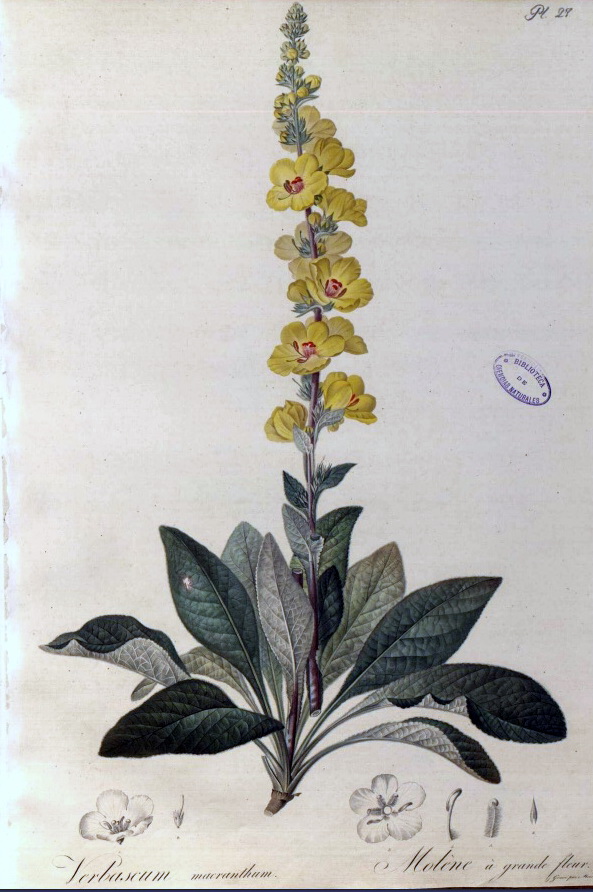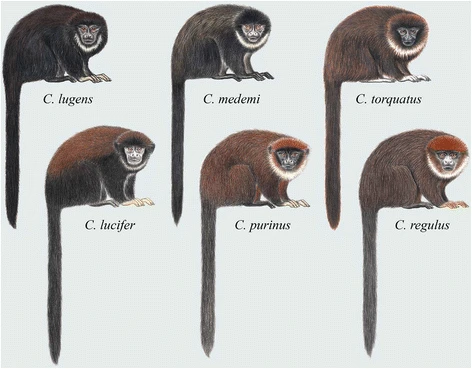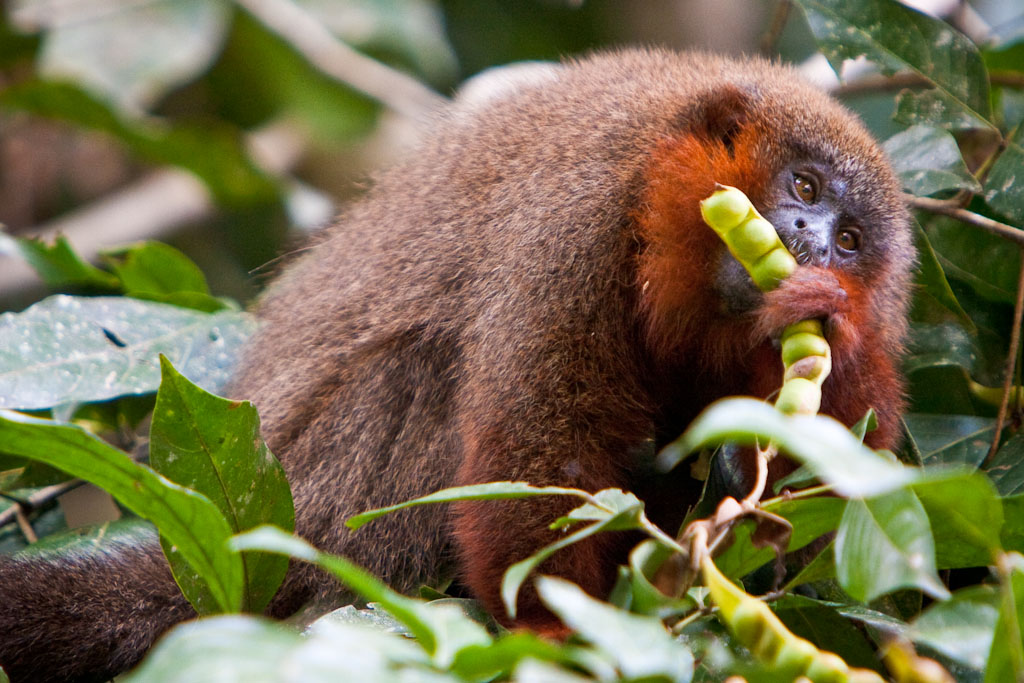|
Collared Titi
The collared titi monkey (''Cheracebus torquatus'') is a species of titi, a type of New World monkey. It is endemic to northern Brazil. Taxonomy At the end of the 1980s, the genus ''Callicebus'' was revised from the Hershkovitz concept of three species to thirteen neotropical species, with the collared titi, ''Callicebus torquatus'', having four subspecies. In 2001, Colin Groves elevated one of the subspecies, the Colombian black-handed titi, ''C. t. medemi'', to ''Callicebus medemi'' and a year later Van Roosmalen ''et al.'' elevated the remaining subspecies to species. These last changes were made with few arguments to support the changes and were apparently influenced by the increasing use of the so-called phylogenetic species concept of Cracraft, which seeks to define species as the "smallest diagnosable cluster of individual organisms within which there is a parental pattern of ancestry and descent." The species complex was updated to ''Cheracebus'' in 2016. The recent d ... [...More Info...] [...Related Items...] OR: [Wikipedia] [Google] [Baidu] |
Johann Centurius Hoffmannsegg
Johann Centurius Hoffmann Graf von Hoffmannsegg (23 August 1766 – 13 December 1849) was a German botanist, entomologist and ornithologist. Hoffmannsegg was born at Rammenau and studied at Leipzig and Göttingen. He travelled through Europe acquiring vast collections of plants and animals. He visited Hungary, Austria and Italy in 1795–1796 and Portugal from 1797 to 1801. He sent his collections to Johann Karl Wilhelm Illiger, then in Braunschweig, Brunswick, so that he could study them. Hoffmannsegg worked in Berlin from 1804 to 1816, and was elected a member of the Academy of sciences, Academy of Science of the city in 1815. He was the founder of the zoological museum of Berlin in 1809. Hoffmannsegg proposed Illiger for the position of curator, and all the Hoffmannsegg's collections were then transferred to Berlin. The legume genus ''Hoffmannseggia'' is named for him. Notes References 1766 births 1849 deaths Burials at Old Catholic Cemetery, Dresden People ... [...More Info...] [...Related Items...] OR: [Wikipedia] [Google] [Baidu] |
Colombia
Colombia, officially the Republic of Colombia, is a country primarily located in South America with Insular region of Colombia, insular regions in North America. The Colombian mainland is bordered by the Caribbean Sea to the north, Venezuela to the east and northeast, Brazil to the southeast, Peru and Ecuador to the south and southwest, the Pacific Ocean to the west, and Panama to the northwest. Colombia is divided into 32 Departments of Colombia, departments. The Capital District of Bogotá is also the List of cities in Colombia by population, country's largest city hosting the main financial and cultural hub. Other major urban areas include Medellín, Cali, Barranquilla, Cartagena, Colombia, Cartagena, Santa Marta, Cúcuta, Ibagué, Villavicencio and Bucaramanga. It covers an area of 1,141,748 square kilometers (440,831 sq mi) and has a population of around 52 million. Its rich cultural heritage—including language, religion, cuisine, and art—reflects its history as a co ... [...More Info...] [...Related Items...] OR: [Wikipedia] [Google] [Baidu] |
Endemic Mammals Of Brazil
Endemism is the state of a species being found only in a single defined geographic location, such as an island, state, nation, country or other defined zone; organisms that are indigenous to a place are not endemic to it if they are also found elsewhere. For example, the Cape sugarbird is found exclusively in southwestern South Africa and is therefore said to be ''endemic'' to that particular part of the world. An endemic species can also be referred to as an ''endemism'' or, in scientific literature, as an ''endemite''. Similarly, many species found in the Western ghats of India are examples of endemism. Endemism is an important concept in conservation biology for measuring biodiversity in a particular place and evaluating the risk of extinction for species. Endemism is also of interest in evolutionary biology, because it provides clues about how changes in the environment cause species to undergo range shifts (potentially expanding their range into a larger area or becomin ... [...More Info...] [...Related Items...] OR: [Wikipedia] [Google] [Baidu] |
Primates Of Brazil
Primates is an order (biology), order of mammals, which is further divided into the Strepsirrhini, strepsirrhines, which include lemurs, galagos, and Lorisidae, lorisids; and the Haplorhini, haplorhines, which include Tarsiiformes, tarsiers and simians (monkeys and apes). Primates arose 74–63 million years ago first from small terrestrial animal, terrestrial mammals, which adapted for life in tropical forests: many primate characteristics represent adaptations to the challenging environment among Canopy (biology), tree tops, including large brain sizes, binocular vision, color vision, Animal communication, vocalizations, shoulder girdles allowing a large degree of movement in the upper limbs, and opposable thumbs (in most but not all) that enable better grasping and dexterity. Primates range in size from Madame Berthe's mouse lemur, which weighs , to the eastern gorilla, weighing over . There are 376–524 species of living primates, depending on which classification is ... [...More Info...] [...Related Items...] OR: [Wikipedia] [Google] [Baidu] |
Cheracebus
''Cheracebus'' is one of three genera of titi monkeys. Monkeys in this genus, particularly the type species ''Cheracebus lugens'', are sometimes referred to as widow titi monkeys. Historically, titis were monogeneric, comprising only the genus ''Callicebus'' Thomas, 1903. Owing to the great diversity found across titi monkey species, a new genus-level taxonomy was recently proposed that recognises three genera within the subfamily Callicebinae; ''Cheracebus'' Byrne et al., 2016 for the species of the ''torquatus'' group (Widow titis); ''Plecturocebus'' Byrne et al., 2016 for the Amazonian and Chaco titis of the ''moloch'' and ''donacophilus'' groups; and ''Callicebus'' Thomas, 1903 ''sensu stricto'', for species of the Atlantic Forest ''personatus'' group. ''Cheracebus'' is derived from the Latin ''chera'' (from the Greek ) meaning widow and ''cebus'' (from the Greek ) meaning long tailed monkey. Species There are 5 species in this genus: * Lucifer titi monkey, ''Cheracebus luci ... [...More Info...] [...Related Items...] OR: [Wikipedia] [Google] [Baidu] |
Indigenous Peoples In Colombia
Indigenous Colombians (), also known as Native Colombians (), are the ethnic groups who have inhabited Colombia before the Spanish colonization of Colombia, in the early 16th century. Estimates on the percentage of Colombians who are indigenous vary, from 3% or 1.5 million to 10% or 5 million. According to the 2018 Colombian census, they comprise 4.4% of the country's population, belonging to 115 different tribes, up from 3.4% in the 2005 Colombian census. However, a Latinobarómetro survey from the same year found that 10.4% of Colombian respondents self-identified as indigenous. The most recent estimation of the number of indigenous peoples of Colombia places it at around 9.5% of the population. This places that Colombia as having the seventh highest percentage of Indigenous peoples in the Americas with Bolivia, Chile, Ecuador, Guatemala, Peru, and Panama having a higher estimated percentage of Indigenous peoples than Colombia. The percentage of Indigenous peoples has bee ... [...More Info...] [...Related Items...] OR: [Wikipedia] [Google] [Baidu] |
Coppery Titi
The coppery titi monkey (''Plecturocebus cupreus'') or red titi monkey is a species of titi monkey, a type of New World monkey, from South America. They are found in the Amazon Rainforest, Amazon of Brazil and Peru, and perhaps northern Bolivia. It was described as ''Callithrix cupreus'' in 1823. These monkeys have a lifespan of a little over 20 years. These monkeys eat certain fruits, insects, and plants. They live in monogamous pairs with interesting ways for vocalizing and protecting themselves from predators. Location, habitat and activity Coppery titis typically inhabit lowland tropical and sub-tropical forests in areas that flood seasonally. They can also be found in forest understory habitats, young forests, swamp edges, and bamboo thickets. Their populations are mainly found west of the Rio Madeira in Brazil, around the Rio Huallaga in Peru, within the upper Rio Madre de Dios basin in Peru and Bolivia, near the northern Rio-Maranon-Amazonas area, around the Eastern Cordill ... [...More Info...] [...Related Items...] OR: [Wikipedia] [Google] [Baidu] |
Várzea Forest
A várzea forest is a seasonal floodplain forest inundated by whitewater rivers that occurs in the Amazon biome. Until the late 1970s, the definition was less clear and várzea was often used for all periodically flooded Amazonian forests. Although sometimes described as consisting only of forest, várzea also contains more open, seasonally flooded habitats such as grasslands, including floating meadows. Description Along the Amazon River and many of its tributaries, high annual rainfall that occurs mostly within a rainy season results in extensive seasonal flooding of areas from stream and river discharge. The result is a rise in water level, with nutrient rich waters. The Iquitos várzea ecoregion covers the margins of the upper Amazon and its tributaries. Further down are the Purus várzea in the middle Amazon, the Monte Alegre várzea and Gurupa várzea on the lower Amazon and the Marajó várzea at the mouth of the Amazon. The Marajó várzea is affected by both freshw ... [...More Info...] [...Related Items...] OR: [Wikipedia] [Google] [Baidu] |
Hybridization (biology)
In biology, a hybrid is the offspring resulting from combining the qualities of two organisms of different varieties, subspecies, species or genera through sexual reproduction. Generally, it means that each cell has genetic material from two different organisms, whereas an individual where some cells are derived from a different organism is called a chimera. Hybrids are not always intermediates between their parents such as in blending inheritance (a now discredited theory in modern genetics by particulate inheritance), but can show hybrid vigor, sometimes growing larger or taller than either parent. The concept of a hybrid is interpreted differently in animal and plant breeding, where there is interest in the individual parentage. In genetics, attention is focused on the numbers of chromosomes. In taxonomy, a key question is how closely related the parent species are. Species are reproductively isolated by strong barriers to hybridization, which include genetic and morpholo ... [...More Info...] [...Related Items...] OR: [Wikipedia] [Google] [Baidu] |
Manacapuru
Manacapuru (''Munychapur'') is a municipality located in the Brazilian state of Amazonas. Manacapuru is the third most populous city in the state. Its Human Development Index (HDI) in 2010 was 0.614, and its GDP per capita in 2021 was $2,717.89 (converted as of March 31, 2025). Population The population of Manacapuru was 98,502 (2020) and its area is 7,329 km2. The city is one of the biggest in the state. It is located about upstream (west) from Manaus, at the point where the Manacapuru River flows into the Solimões River. Main sights The municipality contains about 19% of the Rio Negro Right Bank Environmental Protection Area, a sustainable use conservation unit that controls use of an area of Amazon rainforest The Amazon rainforest, also called the Amazon jungle or Amazonia, is a Tropical and subtropical moist broadleaf forests, moist broadleaf tropical rainforest in the Amazon biome that covers most of the Amazon basin of South America. This basin ... along ... [...More Info...] [...Related Items...] OR: [Wikipedia] [Google] [Baidu] |
Rio Negro (Amazon)
The Rio Negro ( "''Black River''"), or Guainía as it is known in its upper part, is the largest left tributary of the Amazon River (accounting for about 14% of the water in the Amazon basin), the largest blackwater river in the world, and one of the world's ten List of rivers by discharge, largest rivers by average discharge. Despite its high flow, the Rio Negro has a low Stream load, sediment load (5.76 million tonnes per year on average in Manaus). Geography Upper course The source of the Rio Negro lies in Colombia, in the Department of Guainía where the river is known as the ''Guainía River''. The young river generally flows in an east-northeasterly direction through the Puinawai Natural Reserve, Puinawai National Reserve, passing several small indigenous settlements on its way, such as Cuarinuma, Brujas, Santa Rosa and Tabaquén. After roughly the river starts forming the border between Colombia's Department of Guainía and Venezuela's Amazonas (Venezuelan state), ... [...More Info...] [...Related Items...] OR: [Wikipedia] [Google] [Baidu] |
Vaupés River
Vaupés River (Uaupés River) is a tributary of the Rio Negro (Amazon), Rio Negro in South America. It rises in the Vaupes Department of Colombia, flowing east through Vaupés Department. It forms part of the international border between the Department of Vaupés, Vaupés department of Colombia and the Amazonas (Brazilian state), Amazonas state of Brazil. On the border it merges with the Papurí River and becomes known as the Uaupés. In 1847 an explorer saw a rapid which hurled its waves in the air, "as if great subaqueous explosions were taking place." The river continues eastwards through the Alto Rio Negro Indigenous Territory until it flows into the Rio Negro at São Joaquim, Amazonas (Brazilian state), Amazonas. Vaupés is a blackwater river. See also *List of rivers of Amazonas (Brazilian state), List of rivers of Amazonas References External linksBrazilian Ministry of Transport Rivers of Amazonas (Brazilian state) Rivers of Colombia International rivers of South ... [...More Info...] [...Related Items...] OR: [Wikipedia] [Google] [Baidu] |






